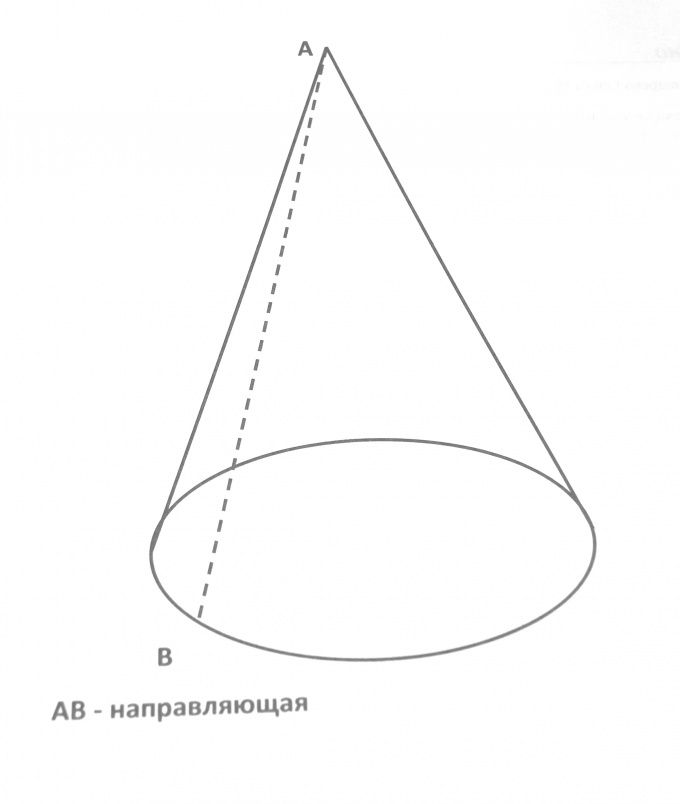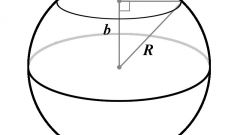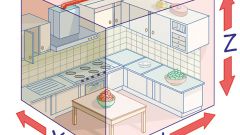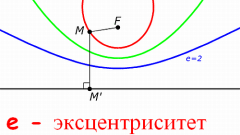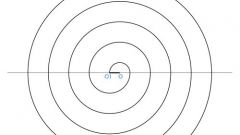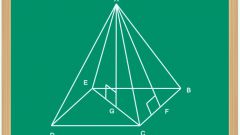You will need
- Paper, pencil, calculator
Instruction
1
The complete surface of the cone consists of the sum of the lateral surface of the cone and its base. To start the calculation of the surface of the cone , you can calculate the surface. Since the base of the cone is a circle, use the formula for the area of a circle: S=?R2, where S is the area of the base of the cone, ? is a constant equal to 3.14, and R2 is the radius of the base squared.
2
Then, calculate the lateral surface of the cone. This requires the radius of the base multiplied by the length of the generatrix and the resulting value multiplied by mentioned in the previous step ?. (S=Rl?, where S is the lateral surface area of cone, R is the base radius, l is the length of the guide, huh ? = 3.14).
3
To calculate the full surface of the cone, find the sum of the squares of the base and the lateral surface of the cone.
Note
Described formula is not suitable for calculating the area of a truncated cone. If you want to find the area of a truncated cone, use this formula: S = πR2 + πr2 + π(R+r)l, where S is the full area of a truncated cone, π is a constant equal to 3.14, R2 is the radius of the larger base squared, r2 is the radius of the smaller base of the square, l - forms.
